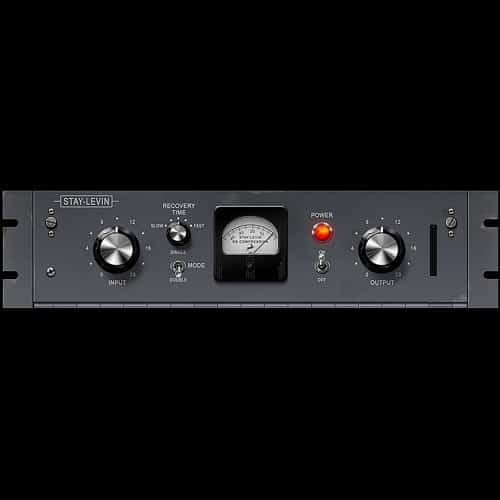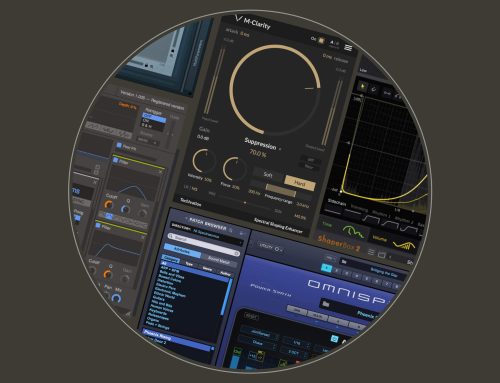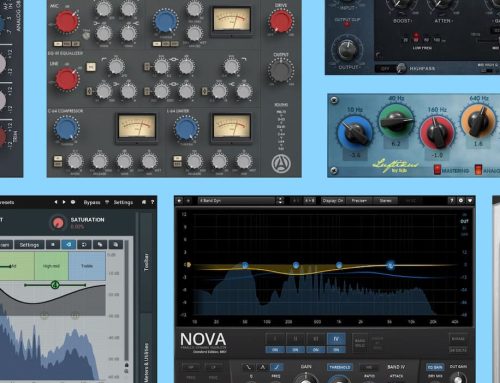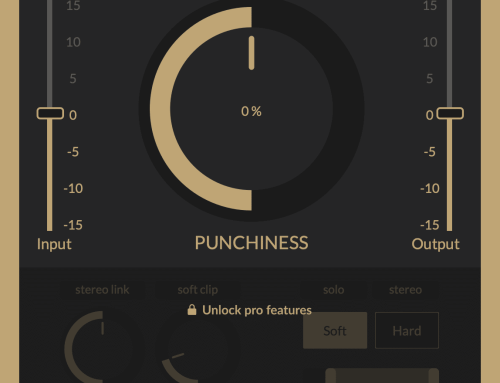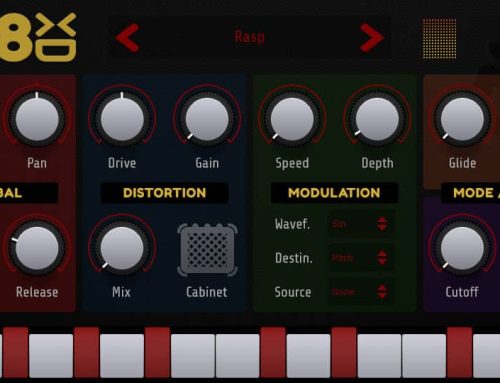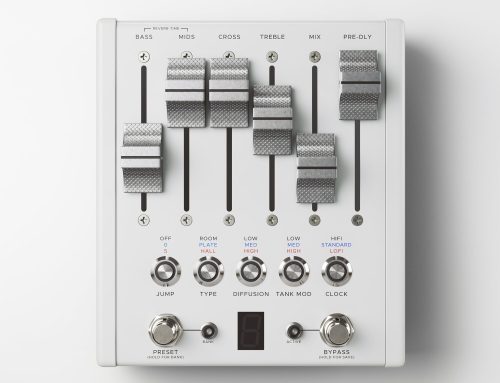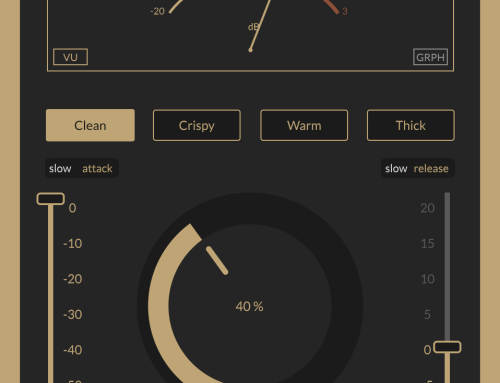By Antelope Audio
The compressor I want to talk about today probably isn’t worth living for, but it is worth buying an Antelope interface with a dedicated FPGA just so you could run the plugin. Antelope Audio calls it the STAY-LEVIN and it is one of the very few recreations (analog or digital) of a historic piece of gear. As the name suggests I am talking about the legendary GATES STA-LEVEL compressor that has built the reputation of “the holy grail” of compressors since its birth in 1956.
The original hardware unit costs around $5,000 and while that’s just a fraction of what some Fairchilds can go for – it is still one of the greatest compressors ever made. As far as I know, the only 2 companies that make hardware recreation of it are Retro and Wes Audio. As plugins go – the only copy that’s worth investing in is the STAY-LEVIN by Antelope.
The reason why you won’t see many software companies modeling that beast is its rarity. Even if once in a decade the genuine STA surfaces from the deep corners of the internet – very few people can judge if it sounds as it’s supposed to sound. And yes… you can forget about finding spare valves!
I do admit I am hardly a person that could judge an STA clone as I myself have not had the pleasure of using the genuine unit, but I have used several Gates compressors one of which is the Level-Devil at The Friary Studios.

TUBES
Before we dive in the Stay-Levin I’d like to touch on how tube compressors actually work and what are the differences between Optical and Vari-Mu compressors.
Normally a tube would be fed with a steady bias current (voltage) that assures a constant harmonic character and saturation. That keeps the tube heated to a certain level, which maintains a certain stable distortion characteristic. The process of biasing is essential for tubes as it helps to balance the frequency image of the audio that’s passing through it. Here is the basic equation:
less voltage = less low-end, more noise and more top-end
more voltage = more low-end, less noise and less top-end (warmer sound)
Opto vs Vari-Mu
In optical compressors that voltage is set to a certain value and does not vary. Even though most inexperienced engineers that I’ve come across associate tubes with optics due to the highly LA2A-clone saturated market, Opto compressors are technically not true tubes. What most professionals consider true tube compression is that of Vari-Mu compressors.
As the name suggests that the type of processor is capable of varying the bias fed into its tubes thus controlling the amount of gain and distortion produced by the tube. The Stay-Levin is an emulation of a true Vari-M compressor and is a great introduction to this word for anyone lacking the obscene amount of money needed for purchasing and maintaining any half-decent Vari-Mu compressor.
Tracking
The thing I love using our Level-Devil for is tracking vocals and bass guitars. I tried doing the same with the Stay-Levin and the results were nothing short of great. If you haven’t used a Vari-Mu compressor for those two applications I’d say treat it a bit like an optical leveling amplifier.
When replacing the LA2A with a Stay-Levin in the classic vocal chain (1176 feeding into LA2A), the results are very similar. The Stay-Levin rounds up the body of the vocals and gives it more muscle if that makes any sense. What it does differently from the LA2A is that it places the vocal forward in the mix and if feels like the singer is right in front of my nose, which can be very useful for the more pop-orientated genres. Of course, as all compressors go the Vari-Mu’s are not always great for all singers. Some styles of singing are not forgiving for those compressors.
Running a bass guitar through the Stay-Levin gives it a similar effect as the one on vocals. The rich harmonics added to the signal are thickening up the sound, but one must do it with caution. The original STA, as well as its recreation by Retro, are both known to sometimes break transients of bass-heavy signals dues to the extra added punch in the subs. We have to consider the capabilities of the equipment in the 50s and the overall musical scene. Music back then was not nearly as rich as it is today in the sub-frequency levels.
Mix Bus
My all-time favorite application though is on my Mix Bus. When placed at the end of the chain right before my limiters what the Stay-Levin brings to the table is nothing short of shocking. That works especially well on sonically rich music like rock and pop. What happens is the low end thickens up due to the added harmonic distortion while the mid-range jumps out of the speakers and tries to grab me by the throat. The best words to describe the sensation are thickness, depth, and richness. All those things subsequently add perceived volume and the track does sound louder, bigger and angrier.
While we talk about mix busses and thickness – I would recommend to aways have a high- pass filter after the Stay-Levin and roll off the unnecessary sub-frequency content as a preemptive measure to go easy on your limiters.
The more you put the Stay-Levin to work on the mix bus the more you get a sensation of pumping. Now, that is not the unpleasant “pumping” that happens on over-compressed signals with a slow attack and fast release, but rather feel like extra depth.
One thing I should warn you about is to be very careful as to how you control the plugin. When placed on a Mix Bus you absolutely have the turn the input level all the way to the left (0) and the output all the way to the right (+20). To achieve the effect I was talking about you literally have to move the input level by 0.5 to 1 dB up. That minor bump on the input will prompt you to compensate for the output with at least 5 dB.
Conclusion
This is a fantastic piece of software and regardless if it sounds similar to a genuine STA I do not want to mix without it. A while back I discovered that the Saturation Knob by Softube is a sort of “Better” button for my mix bus. The added low distortion in odd harmonics makes everything sound just better. In a very similar way, the Stay-Levin is a plugin that I want to permanently glue to my mix bus.
I was made in a digital word (education and experience-wise), but the more time passes the more I revert to analog gear, which is opposite to what most engineers are doing. The more I run signals through real valves the less I want to reach for software alternatives. That being said the Stay-Levin is one that WILL STAY on my mix bus for as long as Antelope would support its software! If you already own an Antelope product with a built-in FPGA I believe it’s a crime not to own the Stay-Levin.

Written By Ivo Sotirov

